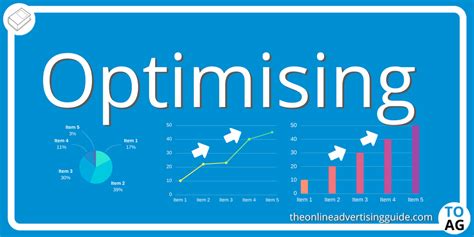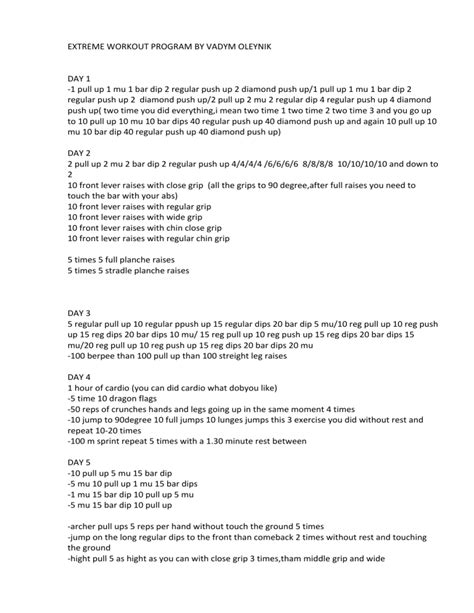How to optimize workout intensity for consistent gains & peak performance?

Achieving consistent gains and reaching peak performance in your fitness journey isn’t just about showing up; it’s about showing up effectively. The secret often lies in intelligently manipulating your workout intensity. But what exactly does that mean, and how can you fine-tune it to serve your specific goals?
What Exactly Is Workout Intensity?
Workout intensity refers to the level of effort or challenge placed on your body during exercise. It’s not merely about how heavy you lift, but also how hard you push yourself relative to your maximum capabilities. This can manifest in several ways:
- Load: The amount of weight lifted (e.g., percentage of your one-rep max, or 1RM).
- Effort: How close you push a set to muscular failure.
- Density: The amount of work performed in a given timeframe (e.g., shorter rest periods).
- Rate of Perceived Exertion (RPE): A subjective scale (1-10) of how hard you feel you’re working.

Why Optimizing Intensity Matters
An improperly optimized intensity can lead to a host of problems, from plateaus and injury to burnout. Conversely, getting it right unlocks a cascade of benefits:
- Consistent Gains: Keeps your body adapting and growing stronger, bigger, or more enduring.
- Injury Prevention: Prevents overtraining or using loads that are too heavy for proper form.
- Maximized Efficiency: Ensures your time in the gym is productive, targeting the right physiological responses.
- Enhanced Recovery: When intensity is balanced, your body can recover more effectively between sessions.
Key Metrics to Gauge Your Intensity
To optimize, you first need to measure. Here are common ways to quantify your workout intensity:
- Rate of Perceived Exertion (RPE): A subjective scale from 1 (very light effort) to 10 (maximal effort). An RPE of 7-9 is often ideal for strength and hypertrophy.
- Percentage of 1RM: For strength training, often used for compound lifts. Lifting 80% of your 1RM for sets of 3-5 reps signifies high intensity.
- Heart Rate Zones: Particularly for cardiovascular training, target heart rate zones (e.g., 70-85% of max HR) indicate specific intensity levels for endurance or fat burning.
- Repetitions in Reserve (RIR): How many more reps you could have performed before failure. An RIR of 0-2 indicates high intensity.

Practical Strategies for Intensity Optimization
Progressive Overload: The Foundation
The most crucial principle for long-term gains. Progressive overload means continuously increasing the demands placed on your muscles. This can be done by:
- Increasing the weight lifted.
- Performing more reps or sets with the same weight.
- Reducing rest times between sets.
- Increasing the frequency of training.
- Improving exercise technique (allowing for heavier/more effective lifts).
Periodization for Long-Term Gains
Varying your training intensity and volume over planned cycles (macrocycles, mesocycles, microcycles) can prevent plateaus and optimize performance peaks. This might involve blocks of higher intensity/lower volume followed by lower intensity/higher volume, or vice versa.
Incorporating Deload Weeks
Regular deload weeks (reducing intensity and/or volume significantly) are vital for recovery, injury prevention, and supercompensation, allowing your body to bounce back stronger for the next training block.
Advanced Training Techniques
For those looking to push boundaries, techniques like drop sets, supersets, rest-pause, partial reps, and forced reps can acutely elevate intensity and stimulate new growth, but should be used sparingly and strategically to avoid overtraining.

Tailoring Intensity to Your Goals
- For Strength: Focus on lower rep ranges (1-6) with higher loads (80%+ of 1RM) and longer rest periods. Intensity here is about maximal force production.
- For Hypertrophy (Muscle Growth): Utilize moderate rep ranges (6-12) with challenging weights (60-80% of 1RM), often pushing close to failure, and moderate rest periods. Time under tension is key.
- For Endurance: Employ higher rep ranges (15+) with lighter loads, or sustained cardio efforts in specific heart rate zones. Intensity here is about sustaining effort over time.

Avoiding Common Intensity Pitfalls
Be wary of:
- Ego Lifting: Lifting too heavy at the expense of proper form, leading to injury and ineffective muscle stimulation.
- Under-training: Not pushing hard enough to stimulate adaptation, resulting in stagnant progress.
- Overtraining: Consistently training with excessively high intensity and/or volume without adequate recovery, leading to fatigue, performance decrements, and increased injury risk.
Listening to Your Body and Recovery
Ultimately, your body provides the most accurate feedback. Pay attention to signs of fatigue, persistent soreness, mood changes, or decreased performance. Adequate sleep, nutrition, and stress management are not just complements to intensity optimization; they are integral parts of the equation, enabling your body to adapt and grow from the stress you impose.

Optimizing workout intensity is an ongoing process of learning, adjusting, and responding to your body’s signals. By understanding the principles and practical strategies outlined, you can move beyond simply working out to intelligently training for consistent gains and peak performance, ensuring every drop of sweat counts.









